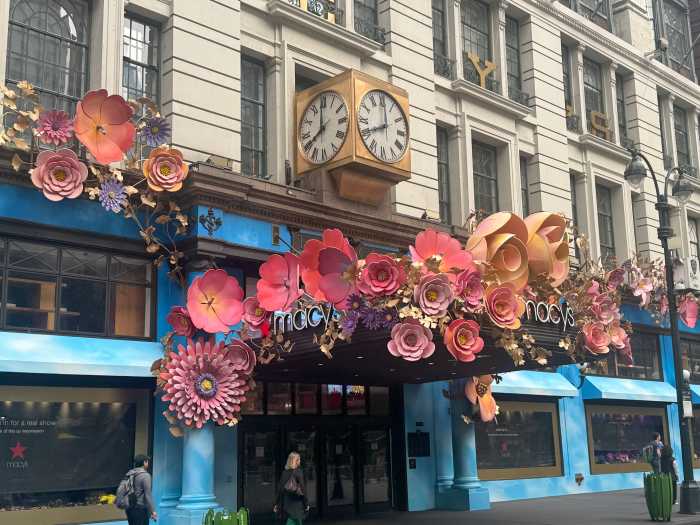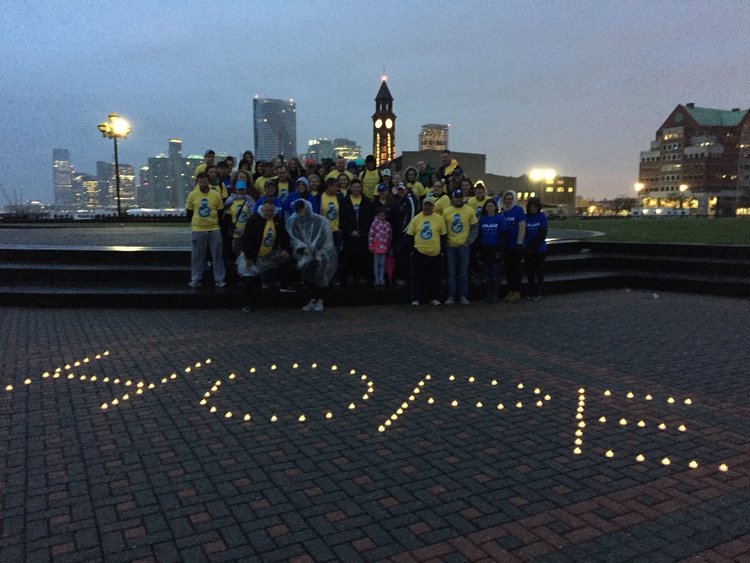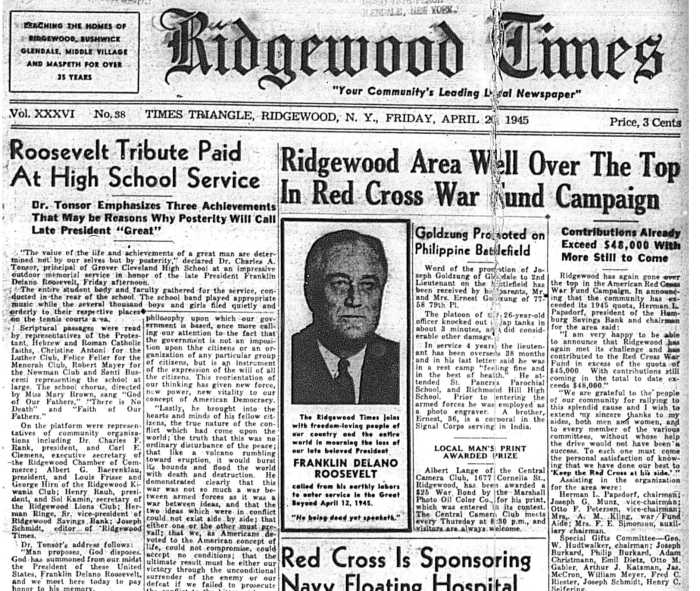
Joan Miró equated painting with writing poetry. Where he crafted color, dots and lines, poets shaped meter, syllables and words.
In that light, the Spanish artist’s 1925 masterpiece, “The Birth of the World,” is as evocative as a haiku by Basho. Its murky, monochrome landscape, a triangular mass hovering in the haze, features only a red balloon on a slack yellow string held by a crawling figure.
And yet, viewers can read myriad meanings in the simple scene, including the perspective put forth by a new MoMA exhibition that the work marked a turning point in Miró’s art.
“Joan Miró: Birth of the World,” presents nearly 60 paintings, prints, collages and other works in relation to the titular piece. While early on Miró (1893-1983) showed the roots of where he would end up, after 1925 he grew steadily into surrealism.
Many of these later works may seem escapist, but curator Anne Umland told amNewYork that they are in fact “profoundly grounded in his lived experience,” whether as a young artist in 1920s Paris or as a Catalan unable to return home during the Spanish Civil War. “He wasn’t striving to be divorced from reality,” Umland said, “he was aiming to achieve [what he termed] ‘real unreality.’”
Miró’s vibrant use of color was present from the beginning, as seen in the shimmering gradations of the jacket in “Portrait of Enric Cristòfol Ricart” (1917), but reached its apotheosis with the trippy radiating hues of “Still Life with Old Shoe” (1937). The conspicuous use of red, first floated in “The Birth of the World’s” balloon, remains a constant for Miró, with hues from crimson to carmine popping from canvases until late in his career.
Another early trait was his organic figurations, seen in the exhibit with “The Hunter (Catalan Landscape)” (1924) and “Dutch Interior (I)” (1928), which matured into the forms seen in “Bather” (1932) and eventually the funhouse horror underlying the otherwise bright “Personages, Mountains, Sky, Star, and Bird” (1936), painted on the cusp of war in Spain.
The violence surrounding Miró, beginning in his homeland and continuing through World War II, left indelible marks on his art as distortion gave way to more fractured works riddled with black. Two of his spectacular series of 23 “Constellations,” made between 1939 and 1941, are included here, as are his disorienting “Black and Red Series” (1938) of prints made from two different etchings.
Regardless of his desire for “unreality,” the realities of war proved too much to suppress, partly because Miró felt an obligation to chime in, Umland said. “I think he believed profoundly that art is moral and ethical, the act of it,” she said. “And I think…he believed, too, in the freedom that art could express.”
‘Joan Miró: Birth of the World’ is on view at the Museum of Modern Art through June 15. 11 W. 53rd St., moma.org

































